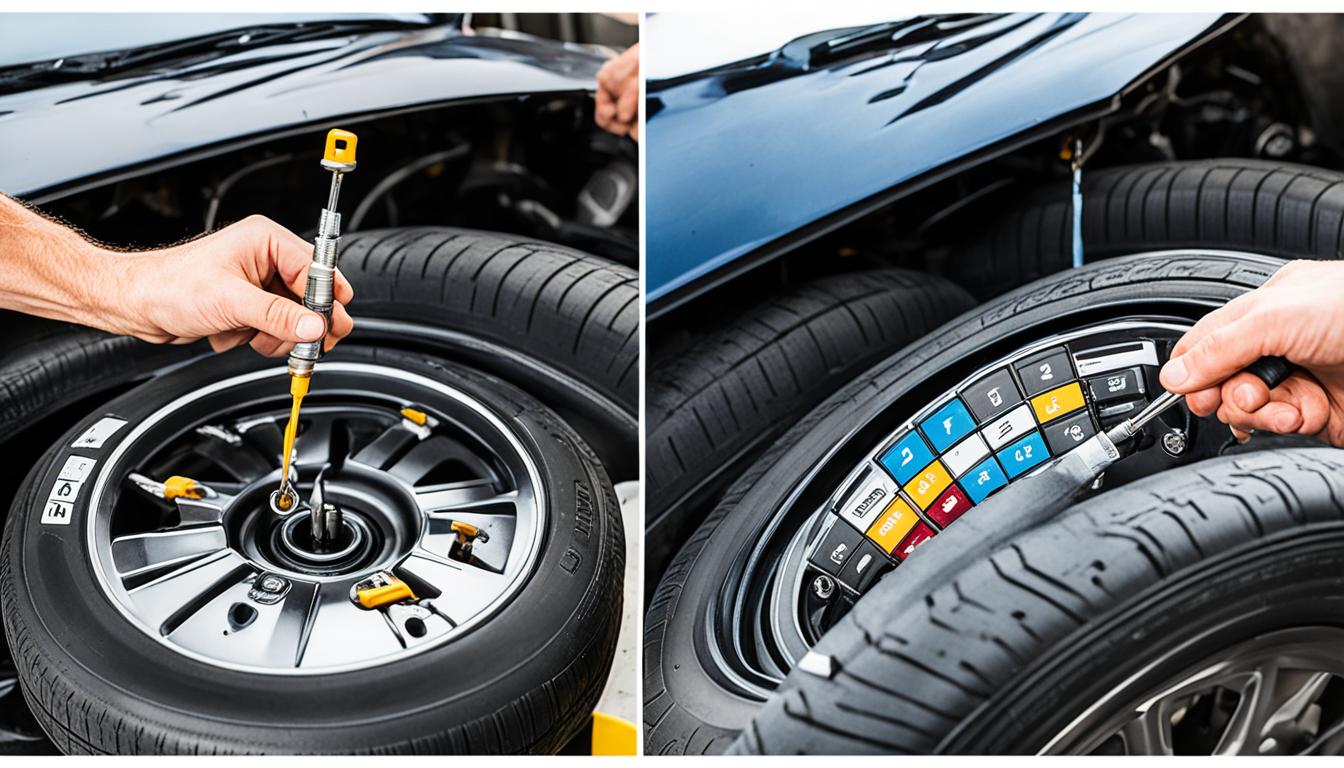All Categories
Featured
The check engine light (CEL) is just one of the most well-known dashboard indicators, yet it commonly strikes anxiety or confusion in motorists. While it's very easy to panic when the light illuminates, comprehending its purpose and understanding how to react can assist you take the ideal steps to address prospective problems. This beginner's guide breaks down what the check engine light means, typical causes, and how to handle it.
What Is the Check Engine Light? The check engine light is part of your car's onboard diagnostics (OBD) system, developed to check engine performance and discharges. When the system spots a trouble, the CEL lights up to notify you. The light might look like a consistent glow or a blinking signal, each carrying various levels of urgency.
Strong Light: Shows a less prompt problem, but it still requires focus. Flashing Light: Signals a more significant problem, such as a misfire, which might harm your engine or catalytic converter if overlooked. Usual Sources Of the Check Engine Light. The CEL can activate for a range of reasons, varying from small issues to significant fixings. Below are a few of the most usual culprits:
Loose or Faulty Gas Cap:
A loose gas cap can trigger gas vapors to get away, activating the CEL. This is one of the easiest and least costly repairs-- tighten or change the cap. Faulty Oxygen Sensor:
![]()
The oxygen sensor checks the air-to-fuel ratio in your engine. A malfunctioning sensor can lower fuel effectiveness and rise emissions. Malfunctioning Flicker Plugs or Ignition Coils:
Worn-out stimulate plugs or coils can result in engine misfires. Regular tune-ups assist prevent this concern. Catalytic Converter Issues:
The catalytic converter lowers dangerous discharges. Issues with this component can be pricey and commonly result from overlooking other concerns. Mass Air Flow Sensing Unit Problems:
The mass air flow (MAF) sensor measures the air entering the engine. A filthy or defective MAF sensor can affect performance and fuel economy. What to Do When the Check Engine Light Comes On. Don't Panic:
If the light is stable, it's secure to drive to a repair service shop. Decrease speed and stay clear of tough velocity; pull over and look for prompt help if it's blinking. Look For Obvious Issues:
Tighten up the gas cap, as this is a easy and common repair. Search for signs of severe problem, such as smoke or uncommon engine sounds. Use an OBD-II Scanner:
An OBD-II scanner reads the difficulty codes kept in your automobile's computer system. Many automobile parts shops supply free code scanning solutions. Seek Advice From a Professional Technician:
![]()
If you can not solve the issue yourself, take your vehicle to a trusted auto mechanic. Supply the difficulty code for a much faster and more accurate medical diagnosis. Preventative Actions. Regular maintenance is crucial to avoiding CEL issues. Here's exactly how to remain in advance:
Arrange Routine Tune-Ups: Change examine and stimulate plugs ignition components frequently. Maintain Fluids Rounded Off: Ensure appropriate levels of oil, coolant, and various other liquids. Use High Quality Gas: Poor-quality gasoline can lead to sensing unit and discharges concerns. Final thought. The check engine light doesn't need to give tension. By recognizing its function and understanding exactly how to resolve it, you can keep your automobile running smoothly and stay clear of expensive fixings. Deal with the CEL as a handy tool as opposed to a nuisance, and it will guide you to keeping your lorry's health and wellness efficiently.
What Is the Check Engine Light? The check engine light is part of your car's onboard diagnostics (OBD) system, developed to check engine performance and discharges. When the system spots a trouble, the CEL lights up to notify you. The light might look like a consistent glow or a blinking signal, each carrying various levels of urgency.
Strong Light: Shows a less prompt problem, but it still requires focus. Flashing Light: Signals a more significant problem, such as a misfire, which might harm your engine or catalytic converter if overlooked. Usual Sources Of the Check Engine Light. The CEL can activate for a range of reasons, varying from small issues to significant fixings. Below are a few of the most usual culprits:
Loose or Faulty Gas Cap:
A loose gas cap can trigger gas vapors to get away, activating the CEL. This is one of the easiest and least costly repairs-- tighten or change the cap. Faulty Oxygen Sensor:

The oxygen sensor checks the air-to-fuel ratio in your engine. A malfunctioning sensor can lower fuel effectiveness and rise emissions. Malfunctioning Flicker Plugs or Ignition Coils:
Worn-out stimulate plugs or coils can result in engine misfires. Regular tune-ups assist prevent this concern. Catalytic Converter Issues:
The catalytic converter lowers dangerous discharges. Issues with this component can be pricey and commonly result from overlooking other concerns. Mass Air Flow Sensing Unit Problems:
The mass air flow (MAF) sensor measures the air entering the engine. A filthy or defective MAF sensor can affect performance and fuel economy. What to Do When the Check Engine Light Comes On. Don't Panic:
If the light is stable, it's secure to drive to a repair service shop. Decrease speed and stay clear of tough velocity; pull over and look for prompt help if it's blinking. Look For Obvious Issues:
Tighten up the gas cap, as this is a easy and common repair. Search for signs of severe problem, such as smoke or uncommon engine sounds. Use an OBD-II Scanner:
An OBD-II scanner reads the difficulty codes kept in your automobile's computer system. Many automobile parts shops supply free code scanning solutions. Seek Advice From a Professional Technician:

If you can not solve the issue yourself, take your vehicle to a trusted auto mechanic. Supply the difficulty code for a much faster and more accurate medical diagnosis. Preventative Actions. Regular maintenance is crucial to avoiding CEL issues. Here's exactly how to remain in advance:
Arrange Routine Tune-Ups: Change examine and stimulate plugs ignition components frequently. Maintain Fluids Rounded Off: Ensure appropriate levels of oil, coolant, and various other liquids. Use High Quality Gas: Poor-quality gasoline can lead to sensing unit and discharges concerns. Final thought. The check engine light doesn't need to give tension. By recognizing its function and understanding exactly how to resolve it, you can keep your automobile running smoothly and stay clear of expensive fixings. Deal with the CEL as a handy tool as opposed to a nuisance, and it will guide you to keeping your lorry's health and wellness efficiently.
Latest Posts
Keep Your Carpeting Looking Its Finest with Easy, Specialist Treatment
Published Apr 20, 25
2 min read
The Expanding Appeal of Electric Automobiles: A Smart Move for Today's Drivers
Published Apr 20, 25
1 min read
Simplify Your Lease Return at Ron Marhofer Hyundai
Published Apr 20, 25
1 min read
More
Latest Posts
Keep Your Carpeting Looking Its Finest with Easy, Specialist Treatment
Published Apr 20, 25
2 min read
The Expanding Appeal of Electric Automobiles: A Smart Move for Today's Drivers
Published Apr 20, 25
1 min read
Simplify Your Lease Return at Ron Marhofer Hyundai
Published Apr 20, 25
1 min read